Should children wear fitness trackers?
What you need to know about activity tracking for kids

Fitness trackers have been around for years, but only recently have they been engineered for children with kid-friendly designs and a simpler set of features.
Garmin was one of the first big tech names to release the Vivofit Jr for kids back in 2016. Since then, it’s brought out the Vivofit Jr. 2 and Fitbit has followed suit, with the Fitbit Ace in 2018 and the Fitbit Ace 2 in May 2019.
They may be the two most recognizable names in kids wearables, but they’re not the only ones on offer, there’s also the Kurio Watch, Leapfrog Leapband and Vtech Kidizoom Smartwatch, as well as many others.
The features these wearables offer differs from tracker to tracker. Some are focused solely on activity, others are like mini smartwatches, with lots of features on offer and a whole other category of kids wearable focuses solely on location.
Once considered quite niche, since Fitbit released the Ace children’s wearables have become more and more popular. Although there are no official figures on activity tracker sales for kids,
Gartner predicts wearable device sales will grow 26 percent in 2019 and acknowledges children’s devices are now a key segment of the market.
But why would your child need a fitness tracker?
Sign up for breaking news, reviews, opinion, top tech deals, and more.
Physical inactivity is an increasing public health problem among children and teens across the globe. According to the World Health Organisation (WHO), insufficient physical activity is one of the leading risk factors for death worldwide. Stats suggest that more than 81% of adolescents between 11 and 17-years-old were insufficiently physically active.
Furthermore, the WHO reports that the number of overweight and obese infants and young children (aged 0 to 5 years) increased from 32 million globally in 1990 to 41 million in 2016.
There’s clearly a problem with inactivity and obesity, but can a fitness tracker solve that?
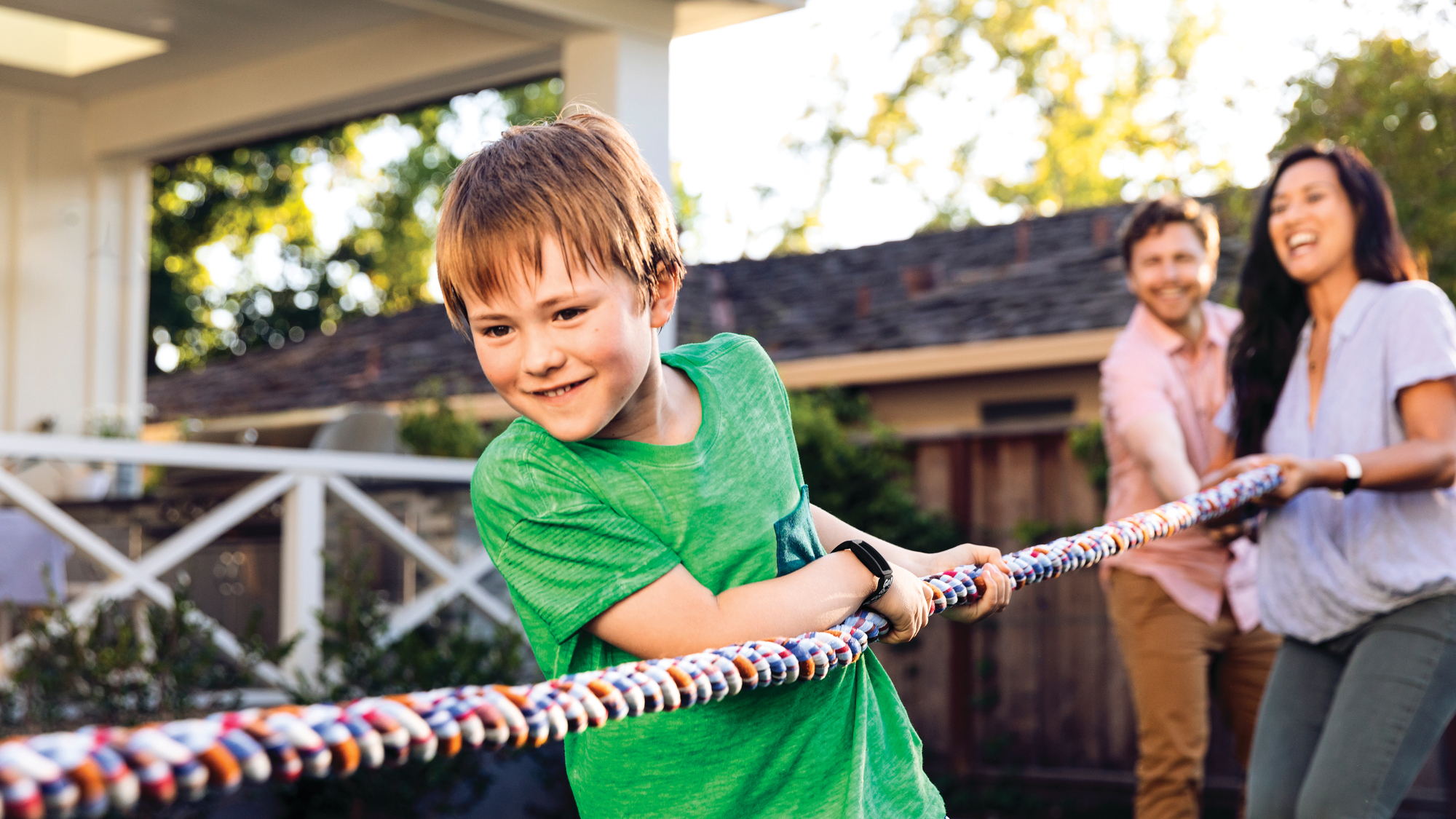
It’s hard to say. There aren’t enough big studies about the efficacy of fitness trackers among children yet, but early research has shown they could have a positive effect.
It makes sense that trackers for children have emerged, packing the same motivational factors we’re used to in trackers for adults into a smaller form factor, like seeing step counts, winning badges and competing with friends and family members to hit their goals.
But there are also issues with giving activity trackers to kids, including links between daily tracking and an unhealthy focus on exercise and weight, as well as the potential for such focused tracking to suck the fun out of your child’s enjoyment of physical activity for good.
We asked the experts whether activity trackers for kids are a good idea and what parents need to know before they buy one.
What trackers are available for kids – and what do they actually do?
There are lots of trackers for children available to buy right now. The two brands you’ll be most familiar with are Fitbit and Garmin.
Garmin released the Vivofit Jr in 2016 and the Garmin Vivofit Jr 2 ($69.99 / £79.99 AU$129) in 2017. Available in a range of kid-friendly designs with themes like Star Wars, Marvel, Disney Princess and Minnie Mouse, the Vivofit Jr is a pared back version of the Vivofit 4 for adults.
It has a simple, swim-friendly design with a chunky, stretchy band that should fit kids aged 4 to 7, but can be replaced with an adjustable strap as they get older. It also has a customizable color screen and one year battery life, which is good news because it means no recharging is needed.
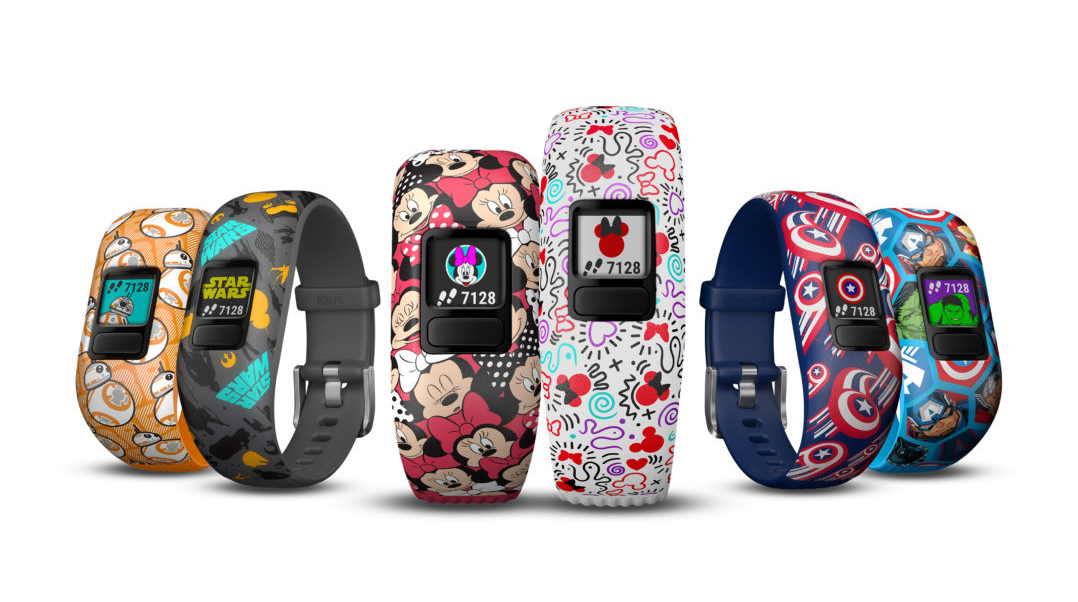
It tracks steps, sleep and 60 minutes of daily recommended activity and, depending on which theme band kids go for, has different challenges. For example, the Marvel band has Ultron’s Revenge, an Avengers game that allows you to complete missions by completing activity goals.
Parents can view sleep and activity when it’s synced via the app and there’s also a chores function, which assigns kids tasks they need to carry out, as well as daily step challenges that the whole family can take part in.
Aimed at kids aged six and up, the Fitbit Ace 2 ($69.95 / £69.99 / AU$129) offers activity, sleep and step tracking, but its main focus is on getting 60 active minutes a day. It’s aimed at kids aged six and up and has up to five days of battery life.
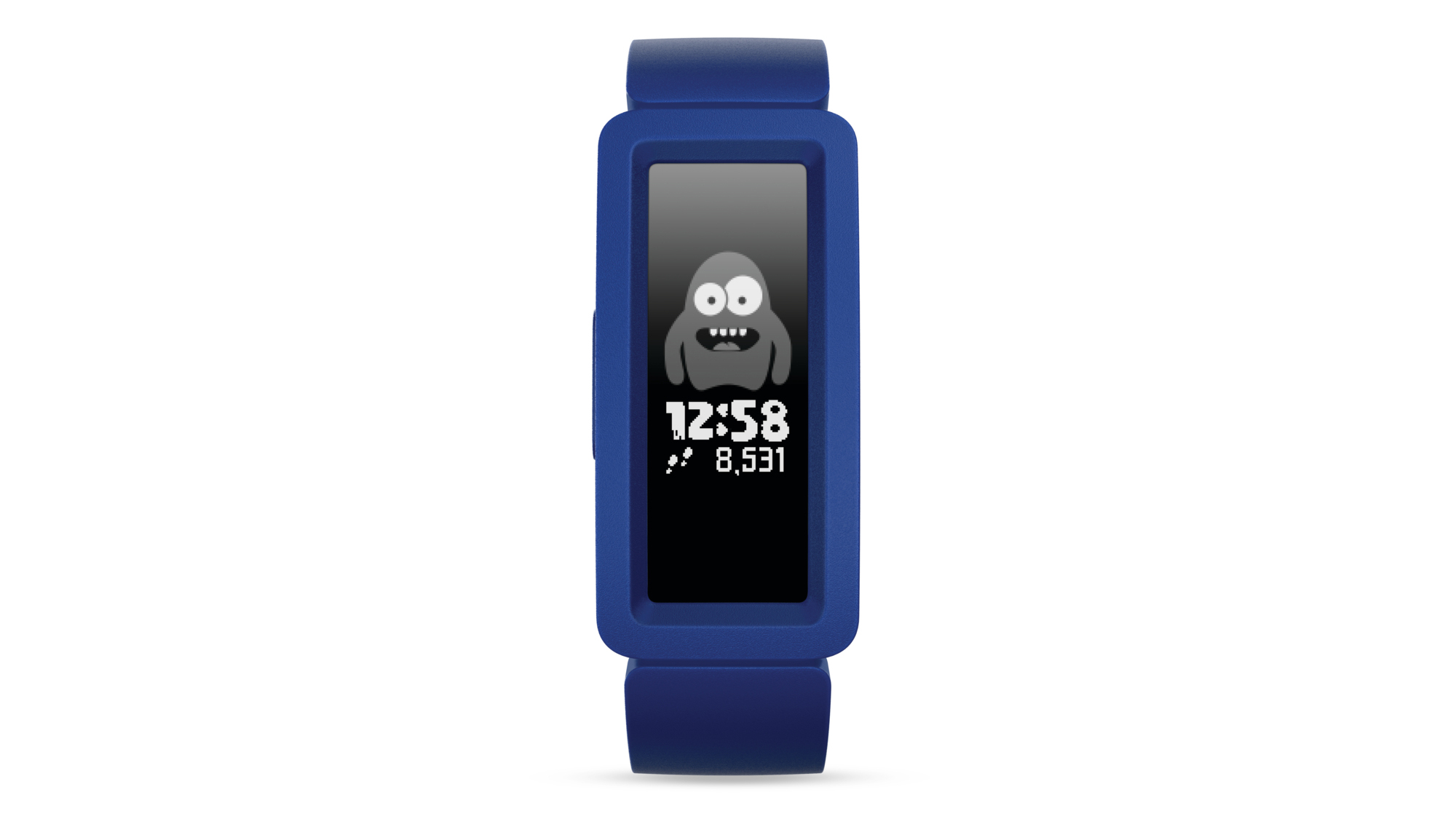
It has a lot of fun incentives to get kids moving, like virtual badges and avatars, as well as step challenges for the family. You can set also bedtime reminders at night and silent alarms for the morning.
If your child has a phone of their own, it can also send through call alerts and, depending on how you customize it, you can also set reminders to move.
The Kurio Watch ($89.95 / £39.99 / AU$98) is much more like a mini smartwatch with Bluetooth built-in. It has a camera on-board, call notifications, messages, games and a fitness tracker too all within a bright design with a comfortable strap.
The Leapfrog Leapband ($35 / £30 / AU$29.99) can track all-day activity. Parents can also set challenges, which kids earn points for when they move and can then unlock rewards. It’s aimed at younger children and there’s a little pet on the screen that you look after by moving – like a Tamagotchi. There are lots of parental controls, including a quiet time mode for sleep or school.
Another mini smartwatch, the VTech Kidizoom Smartwatch ($47.99 / £34.99 AUD$99) features games, a voice recorder, a camera and a pedometer, as well as some movement-based games, but no continuous tracking.
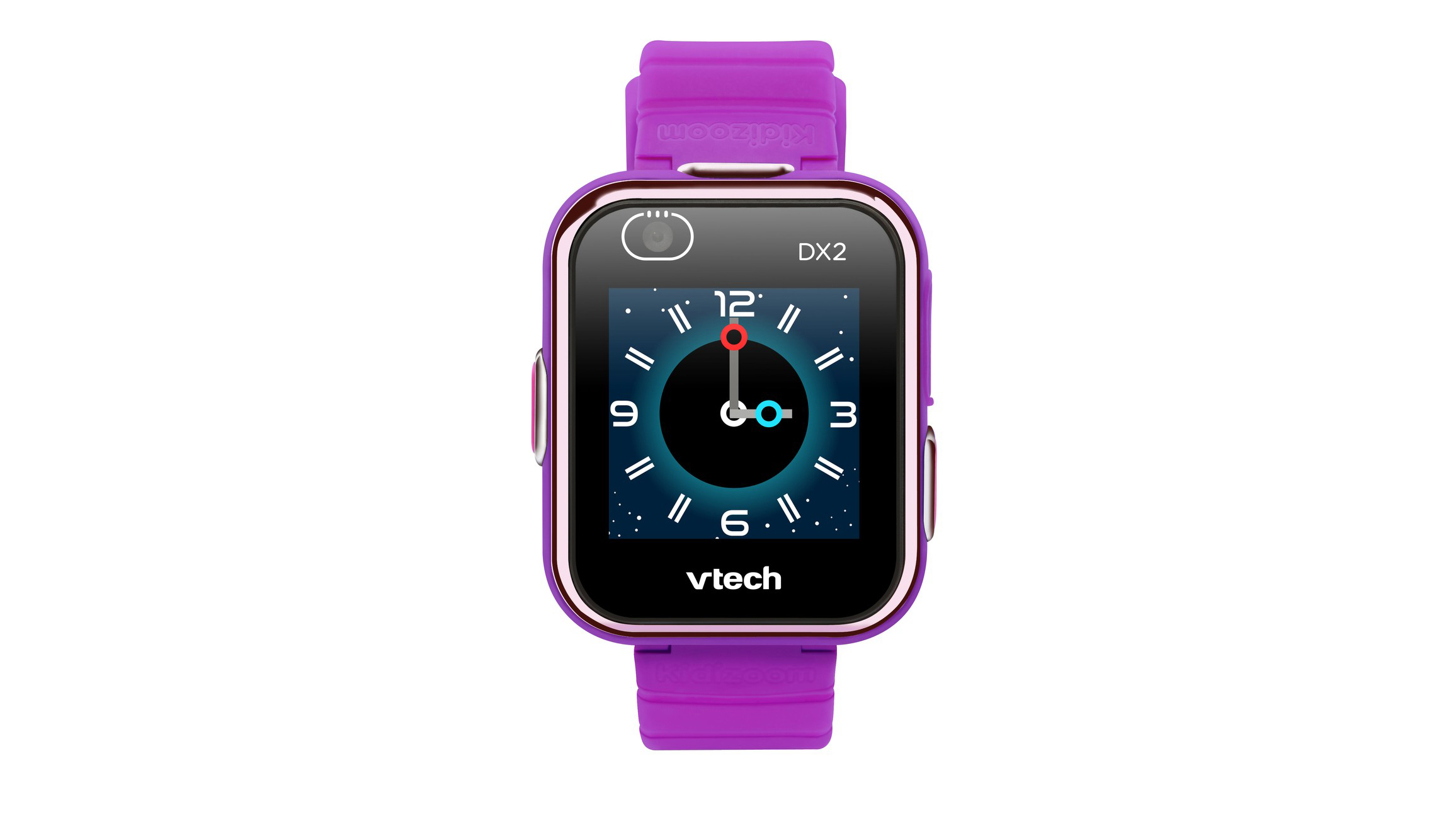
Of course there are a whole host of fitness trackers that aren’t made specially for kids, but could fit them. We’ve recommended the Xiaomi Mi Band 3 and Huawei Band 2 Pro for children in the past.
There are also some wearables for kids that are just about location – not activity tracking. They’re built to keep tabs on where your kids are so you know they’re safe, like Xplora and LG’s GizmoGadget.

Why fitness trackers for kids are a good idea
Studies have shown that tracking activity with the help of wearables devices has the potential to help some people change their behavior.
Many of the trackers listed above are created with behavioral change in mind, so they allow children to see clear information about how much they’ve moved throughout the day, count their steps, take part in challenges, receive badges and rewards and more features designed to promote positive behavior and habits.
“Fitness trackers can help kids become more aware of their own activity level (or lack thereof),” Joshua Kozak, CEO at HASfit and CEO at Wellthon, says. “Gentle reminders to be more active, stand regularly, and get outside to go play can help children form positive habits that last into adulthood.”
We spoke to Nicola, whose son Luca has been using the Garmin Vivofit Jr. 2, and finds it motivates him to move more.
“He particularly likes it when he 'wins' a new Marvel icon or completes a mission,” she says. “He does a similar thing to adults and starts jogging on the spot or running up and down stairs when he can see he's getting near to a step/active minutes goal.”
Lindsay Decker, PhD student at the University of South Carolina’s Arnold School of Public Health, agrees that the appeal of activity trackers for children is often the same as for adults.
“This is universal in younger and older children, they are interested in seeing the actual results right on the watch,” she tells us. “It is very interesting to children that when they take 5 or 10 steps, their watch shows that right away in real time.”
Dr Lauren Sherar, who specializes in physical activity and health in children at Loughborough University, explains that preliminary data is positive. “Activity monitors may have the potential to increase children’s activity levels in the short term through self-monitoring and goal setting, two effective behavior change techniques.”
But she warns us that data about the long term effectiveness is currently lacking.
The problems with activity tracking
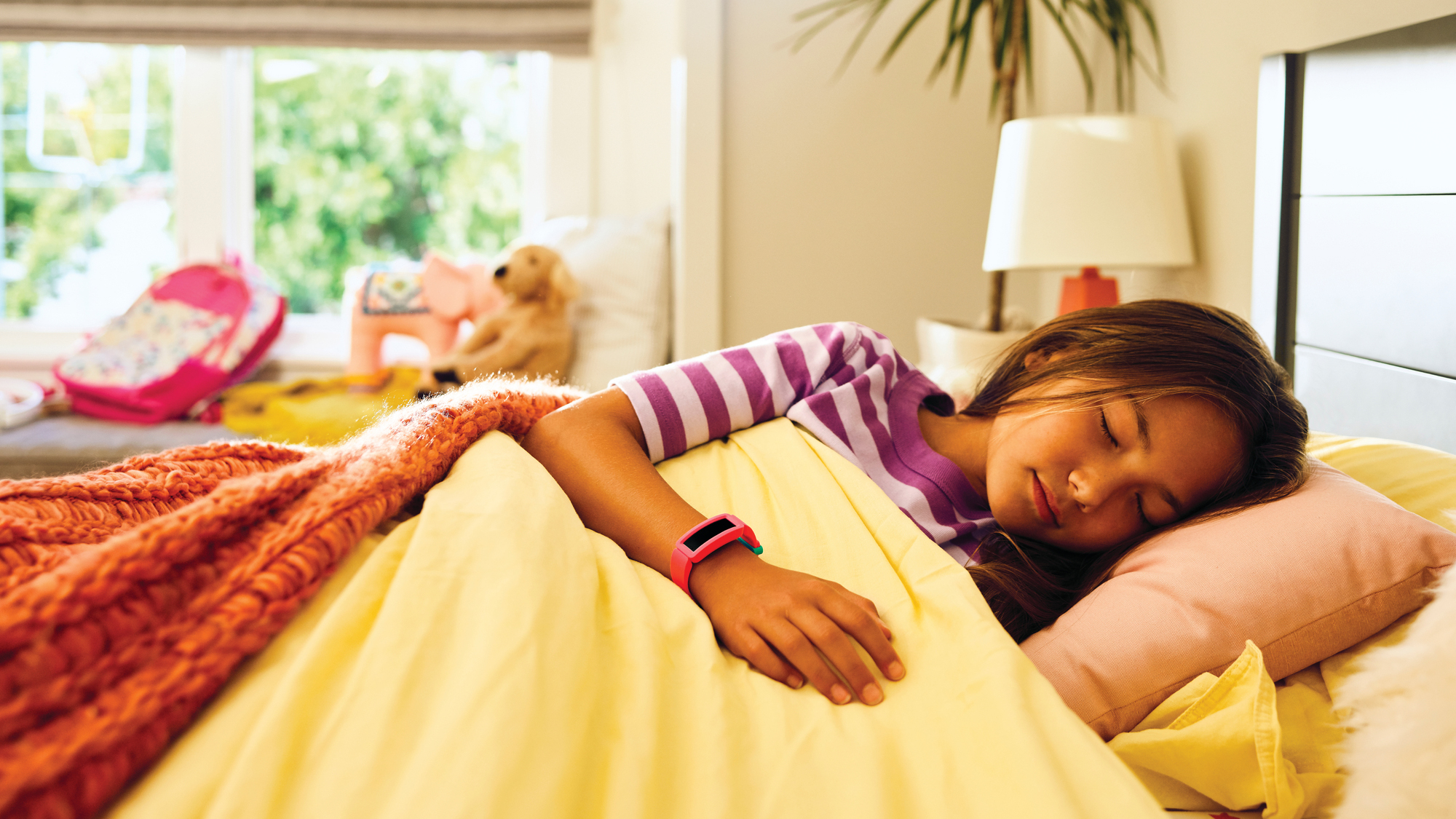
Some believe that encouraging kids to look at stats relating to health and activity each day can increase obsessive focus on image, body weight and fitness in the long-run.
“Just like with food, overly controlling parents can create negative associations in children that leads to children taking back control as an adult,” Kozak says. “If a child learns to directly associate exercise with being yelled at, disappointing their parents or being grounded, it doesn’t take a trained psychologist to understand how they may view exercise as an adult.”
Dr Carolyn Plateau, a lecturer in psychology at Loughborough University, has been studying the effect that fitness trackers could have on eating disorders. She recently completed research with 352 young adults, with an average age of 22-years-old. 229 of them used a fitness tracking device and 123 didn’t. Those who did track their activity or food intake showed higher levels of both disordered eating and exercise than those who did not.
The results also found that those who were tracking activity to manage weight and shape showed higher levels of disordered eating and exercise, as opposed to those who wanted to feel generally more fit and healthy.
She tells us that this doesn’t mean fitness trackers on their own can cause eating disorders, as there are lots of factors at play. “It could just be that participants with disordered eating and exercise tendencies may be more likely to want to track their food and fitness,” Plateau says.
“But, it is also possible monitoring of activity and food intake could inadvertently encourage or validate some of the features of disordered eating and exercise among those who are vulnerable.”
Plateau’s work to date has been focused on adult behavior – and there’s been no specific research on children’s use and disordered eating yet.
However, the age group many activity trackers are aimed at is an important one in building self identity and positive body image. That’s why parents need to understand the possible effects of activity tracking – as well as the steps they can take to build positive associations.
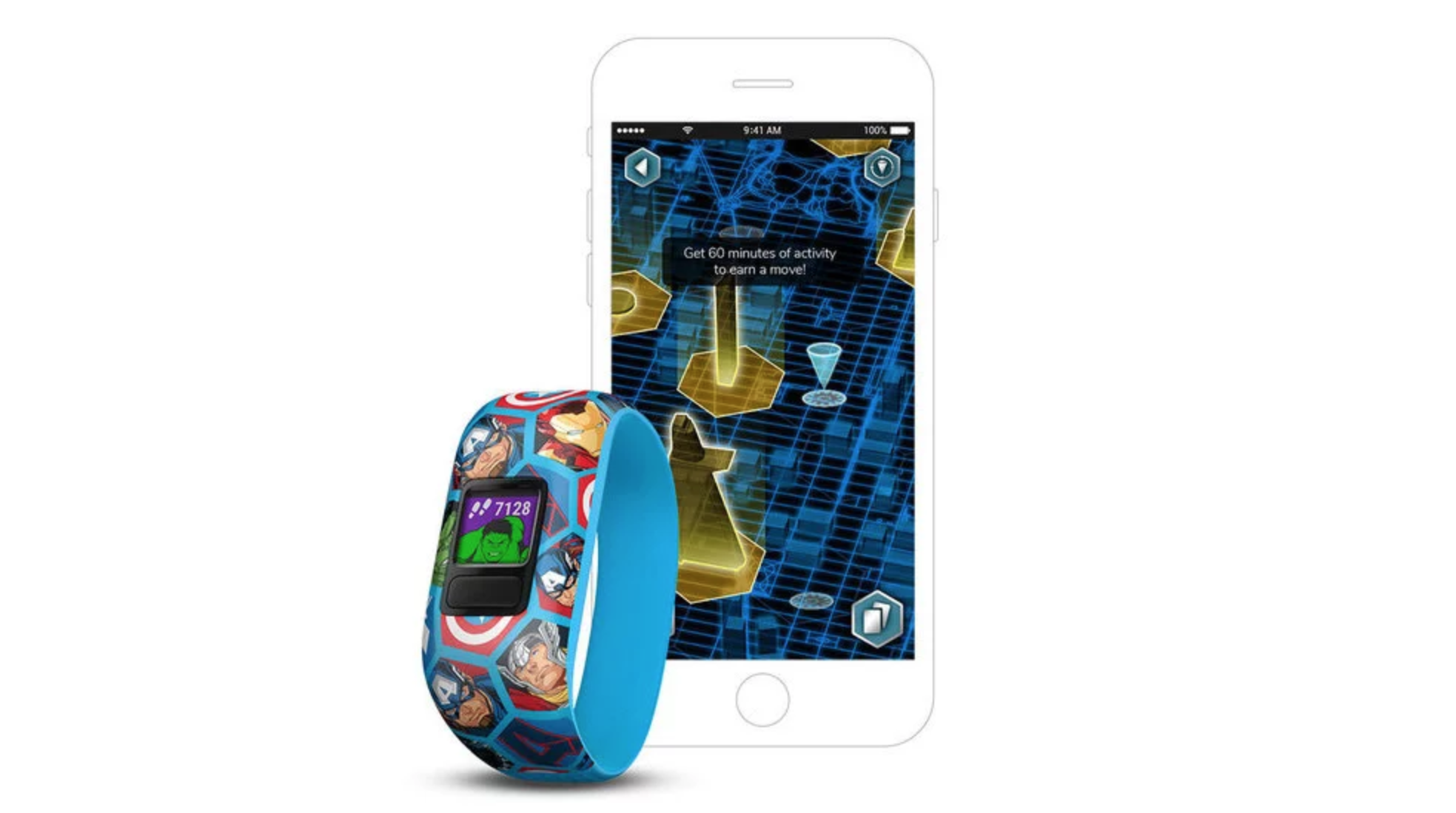
Activity tracking could also create a negative association with health and fitness without the right guidance. This means children could lose motivation for movement and play – especially if they begin to view it as a chore.
“The biggest downside would be the potential risk of sapping the fun out of children’s play,” Dr Sherar says, “Care must be taken to ensure the use of the device is not seen as a negative by the child (i.e., they shouldn’t feel watched, controlled, judged, measured in a negative way).”
“Care must be taken to avoid promoting a narrow view of what physical activity is beneficial,” Dr Dale Esliger, who specializes in wearable technology for behavior change at Loughborough University, says. “Climbing a tree may not rack up the step counts, but it is a wonderfully healthful physical activity.”
What can parents do to make activity tracking positive?
None of these potential issues mean parents shouldn’t buy fitness trackers for their children. Instead, there’s a lot they can do to address them – and to help build a beneficial and lasting relationship with health and exercise in the long-run.
Decker explains that communication is important. “Children want to emulate adult behavior, so, often when the parent asks about the wearable device, or even wears one too, kids are likely to keep interest in looking at the data, improving their activity, and even competing with their parents,” she says.
This is why the Fitbit and Garmin products for kids could have the most lasting appeal – many parents already have their own tracker, which turns fitness into a family goal rather than just an individual one. “Family challenges can be an excellent way of enhancing sustained engagement while also enhancing the physical activity of the whole family,” says Dr Esliger.
It’s also important to talk through the logistics of an activity tracker. Although children may be familiar with tech, a wearable is a little different to an iPad. “Parents can help by telling kids this is a responsibility and how to treat the wearable and by creating a routine where they look at their daily steps and talk about why they got more or less than the previous day and then maybe taking time to charge it together,” Decker tells us.
Keeping up with where the device is and if it’s charged may also be something children need help with at the start. “Kids often take off the device and set it down, in the bathroom, at their school desk, on the couch, and don't even realize it – this is how a lot of devices get lost or misplaced,” she tells us.
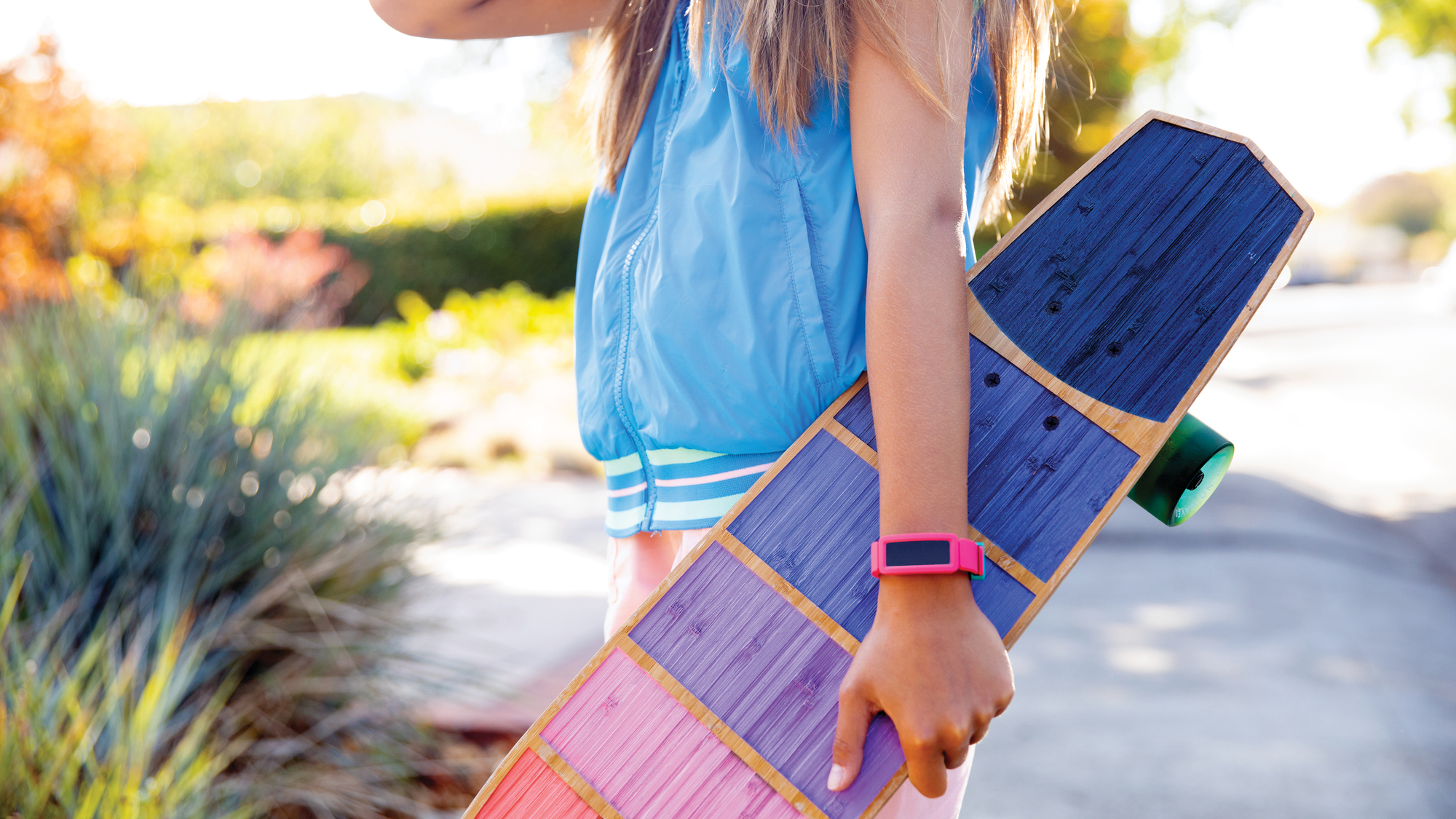
Although there’s plenty parents and caregivers can do, the onus shouldn’t be solely on them. Tech companies can make building positive associations with health and fitness easier by continuing to create products that put the wellbeing of children front and centre.
Dr Esliger believes there are a number of ways tech companies can build better, more beneficial trackers. “Utilizing gamification (such as seen in Pokemon Go) may add to the appeal of activity monitors for children,” he says. “Sensory methods of feedback (such as vibrating or lighting up) would likely be more attractive, especially for younger children.”
He also believes special attention needs to be paid to the feedback trackers give children. “Messages should be focused on the holistic benefits of physical activity, with devices refraining from monitoring and goals surrounding weight-loss and/or calories,” Dr Esliger says.
Most of the devices we’ve covered already incorporate many of these features. But as smartwatches and wearables for children become more popular, every company venturing into the space needs to be clear about what’s best for youngsters.
“Tech companies need to be deliberate in giving parents the right tools and framework to implement the technology,” says Kozak. “Without it, fitness trackers for kids can have the exact opposite effect they’re looking for.”
- What is a smart bottle?
Becca is a contributor to TechRadar, a freelance journalist and author. She’s been writing about consumer tech and popular science for more than ten years, covering all kinds of topics, including why robots have eyes and whether we’ll experience the overview effect one day. She’s particularly interested in VR/AR, wearables, digital health, space tech and chatting to experts and academics about the future. She’s contributed to TechRadar, T3, Wired, New Scientist, The Guardian, Inverse and many more. Her first book, Screen Time, came out in January 2021 with Bonnier Books. She loves science-fiction, brutalist architecture, and spending too much time floating through space in virtual reality.
